Average sizes and life expectancy for this breed:
Native to Australia, the Australian Cattle Dog is highly prized as a working dog. They are known for their stamina, ability to work for long hours, and strength of character. In recent years, these hardworking dogs have become a popular choice as family pets, not only in Australia but across the globe.
They are known by many names; Australian Heeler, Queensland Heeler, Halls Heeler, and Blue Heeler. The nickname “Heeler” comes from their natural instinct to nip at the cattle’s heels to herd it. These dogs are very protective of their family but reserved around strangers. They are also highly intelligent and loyal. However, they are best matched to families who live in the country and have active outdoor lifestyles because of their energetic nature. These dogs need to be kept busy!
Do not expect these dogs to be relaxed couch potatoes. They thrive on an active lifestyle, and their high energy must constantly be directed. Otherwise, they can become bored and may develop unwanted behaviours
Australian Cattle Dogs generally attached themselves closely to one person in particular. These active canines are frequently called “Velcro” dogs because they attach to their human companion firmly. They are also generally good around children they have grown up with.
See available puppies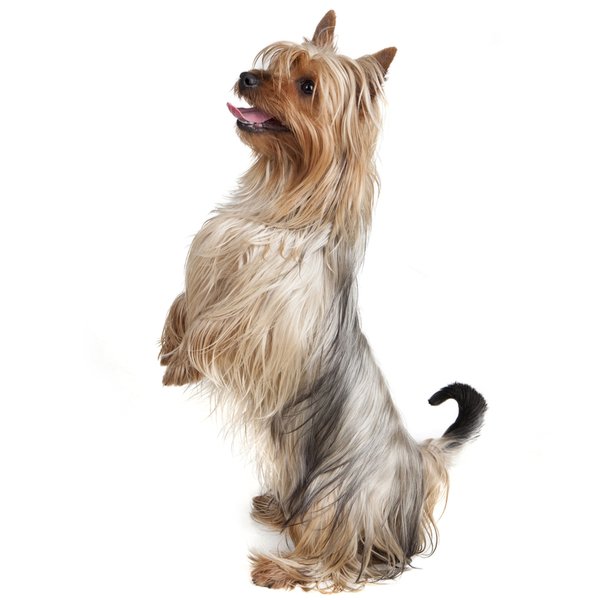

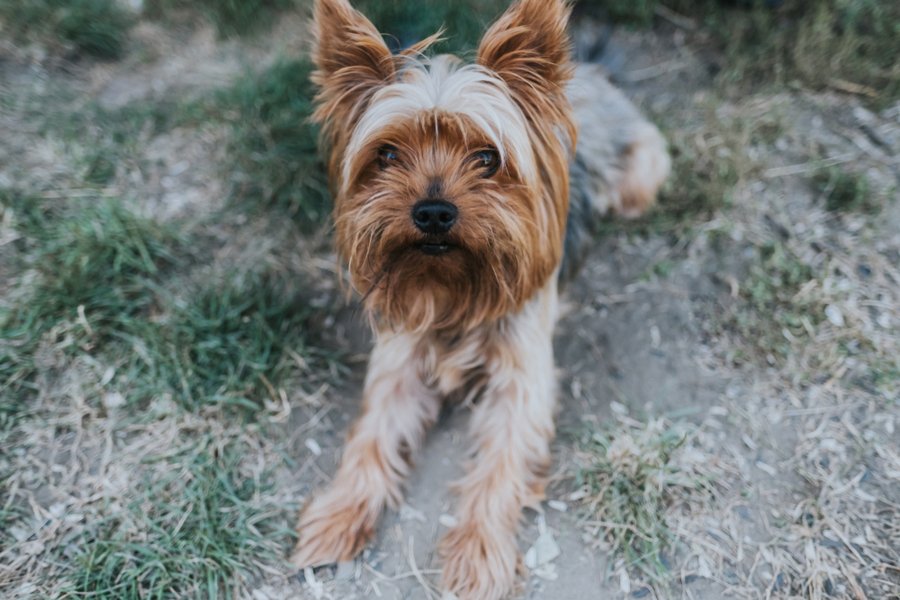


These dogs have been around since the 1800s when settlers from Sydney spread to other parts of the country to utilise vast farming and grazing lands. In 1840, George Elliot created impressive working dogs by experimenting with Dingo-blue merle Collie crosses. Jack and Harry Bagust purchased some of these dogs and decided to improve them by crossing them with imported Dalmatians and Black and Tan Kelpies.
Australian Cattle Dogs quickly became popular with owners of cattle runs in Queensland. They were even nicknamed Queensland Heelers. The Australian Cattle dog reached British shores in 1979 when John and Mary Holmes brought several over from Australia. Around the same time, two puppies were brought to the UK by Malcolm Dudding. These dogs were the foundation stock of the Australian Cattle dogs we see in the United Kingdom today.
In 1903, the first breed standard was formed. Robert Kaleski kept records about these dogs and wrote many books about Australian Cattle dogs. Because these energetic dogs are very independent thinkers, they have a reputation for being highly intelligent with the capability of working on their own without relying on people to tell them what to do.
Australian Cattle Dogs were first recognised by the UK Kennel Club in 1979. The American Kennel Club officially recognised the breed in May 1980.
Today, these beautiful dogs are still highly prized and recognised as very competent and skillful in their native Australia. They are also becoming popular as family pets around the world.
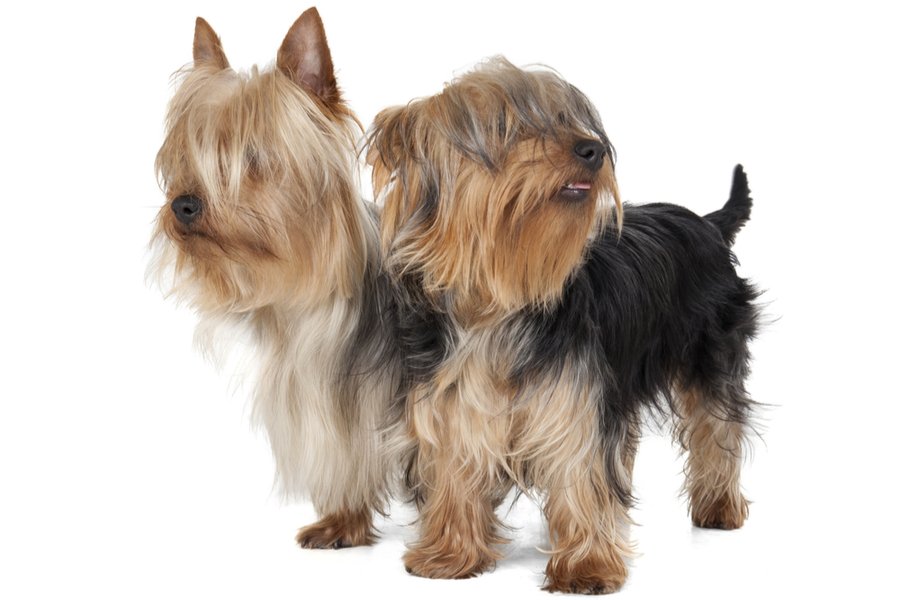
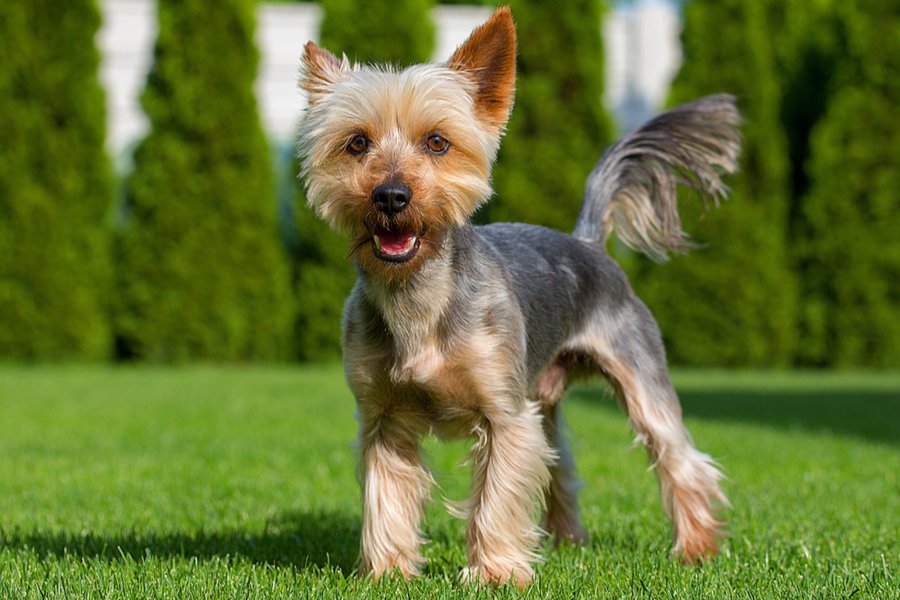
Australian Cattle Dogs are robust and solid-looking. Their broad heads are well-proportioned to the rest of the body, with a bit of a curve in between the ears. They have cheeks that are prominent and muscular, and strong jaws. The nose is black in colour.
Their oval-shaped eyes are dark brown, with a calm and intelligent look. They are also known to have a bit of a “suspicious” glint in their eyes, particularly around strangers. Their neat ears are wider at the base, held pricked, and set wide apart on the head. These dogs have a clean jawline with a perfect scissor bite.
An Australian Cattle Dog’s neck is muscular and very robust looking. Their forequarters are powerful too, with well-laid-back, slanted shoulders. They are compact looking dogs that boast a strong body with a nice level topline and well-sprung ribs. Their deep chests show a lot of strength and power.
Their hindquarters are very similar to their forequarters, strong, well-muscled, and broad. American Cattle Dogs have round feet with well-arched, short toes and tough, hard pads, which they use to drive livestock over long distances. The tail is set low and hangs with a bit of a curve. When they are alert or excited, they hold their tails slightly raised but never too high.
These dogs have smooth, double coats. The topcoat is straight and very water resistant, whereas the undercoat is shorter and denser. The hair is slightly longer on their neck, underbody, and back of the legs, but the fur on the head, feet, and front of the legs is short and neat. Coat colour depends on the breed standard of the registration. However, in the UK, the following coat colours are accepted:
Blue-coated varieties can have black, blue, or tan markings on the head. A tan undercoat is also permissible as long as it doesn’t show through the topcoat.
Australian Cattle Dogs are known to be dedicated and trustworthy family dogs. They are kind and tough at the same time; intensely loyal and protective of their family and property. However, these intelligent dogs are highly suspicious of strangers. As working dogs, Australian Cattle Dogs are wholly dedicated to their job, and they take it very seriously.
Due to their intelligence, these devoted dogs often excel at canine sports such as obedience, agility, and other sporting activities. Australian Cattle Dogs thrive in partnership with their human companion. It’s important to remember that these dogs require plenty of physical and mental stimulation to be truly happy, well-mannered, and well-rounded dogs.
Australian Cattle Dogs tend to nip, and this is something that they do naturally. So, they must be trained and socialised from a young age to curb this trait, especially around children. Australian Cattle Dogs need to understand their place in the ‘pack.
These hardworking, high-energy dogs, make great canine companions for the right owners. However, they are not ideal for first-time dog owners. They need someone who understands their specific needs and who can give them an active lifestyle. These energetic dogs can benefit from having a large garden where they can safely roam. Ensure that you have very secure fencing so there is no risk of your dog escaping and getting lost.
Australian Cattle Dogs have high prey drives, and they tend to chase after anything that runs away or threatens them. However, these intelligent dogs can be trained to obey a ‘leave it’ command.
Aside from their serious work and protection ethics, Australian Cattle Dogs have a very playful side. They love to play interactive games and run around in the great outdoors.
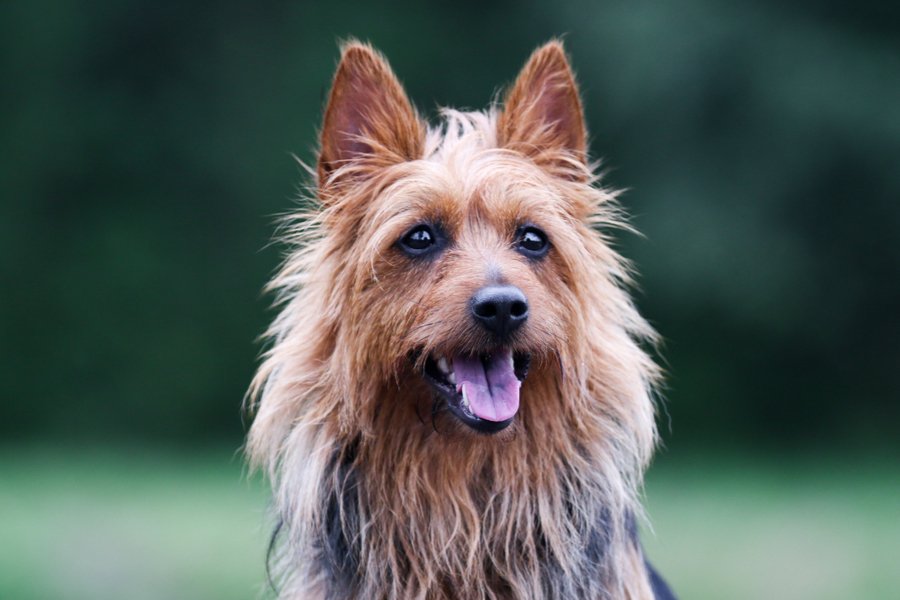
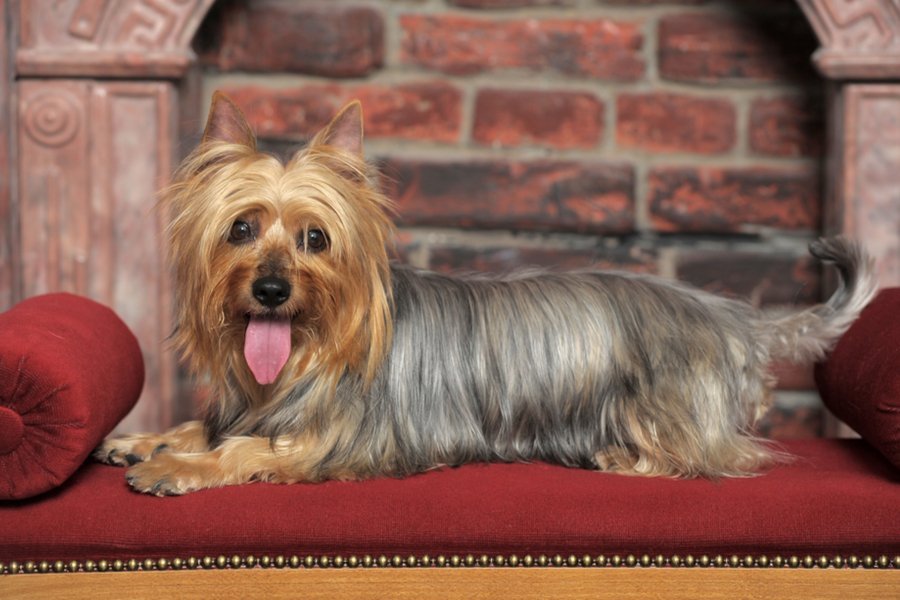
Because of their intelligence and eagerness to learn new things, Australian Cattle Dogs are highly trainable – given that you have the understanding and knowledge to handle, manage, and train them properly. They do have a bit of a stubborn, independent streak so consistent training is a must. These dogs also love a challenge so don’t be afraid to try different forms of training and incorporate them into fun games to keep their sharp minds engaged. Rotate toys on a daily basis too. These dogs need an owner that can offer them plenty of attention. They can become bored and frustrated if left alone for long periods of time.
One of the most prominent issues with Australian Cattle Dog puppies is nipping at people's ankles, so be sure to divert this behaviour onto a toy and be firm with training. Positive behaviour should always be rewarded.
The Australian Cattle Dog needs to be trained and socialised as early as possible. They can be pretty nervous as they reach adolescence, so positive reinforcement is the best way forward. Make sure to use gentle but firm hands at this vulnerable stage of their lives.
These dogs are not high maintenance in the grooming department. They have short and smooth coats that need a weekly groom with a slicker brush. However, just like other dogs, they shed more during Spring and Autumn, so make sure to brush more often during these periods. Australian Cattle Dogs ‘blow out’ their undercoat twice a year, meaning that fur will come out in clumps. For this reason, these dogs are not good for allergy sufferers. Frequent bathing is not needed unless they get particularly muddy or dirty.
Regularly check their ears for debris, dirt, and wax buildup. You can clean their ears by using a moistened cotton ball with an ear cleanser advised by your vet. If you detect any foul smell, soreness, inflammation, swelling, or they continuously shake or scratch their head and ears, discuss it with your veterinarian for a quick checkup, as this may be a sign of an infection.
Daily teeth brushing is the best way to avoid tooth and gum diseases and bad breath. But brushing at least twice a week is enough to remove any tartar and bacteria accumulation. Take advice from your veterinarian on which dental products are best for your dog.
Once or twice a month (or as needed), trim their nails to keep them clean and tidy. Ensure you do this regularly because long nails can be painful for your Australian Cattle Dog. As you trim their nails, inspect their paw pads to check they are injury-free and healthy.
Lastly, habitually check your dog's body for wounds, inflammations, rashes, and other signs of infection. Their eyes must be clear and clean with no redness or discharge.
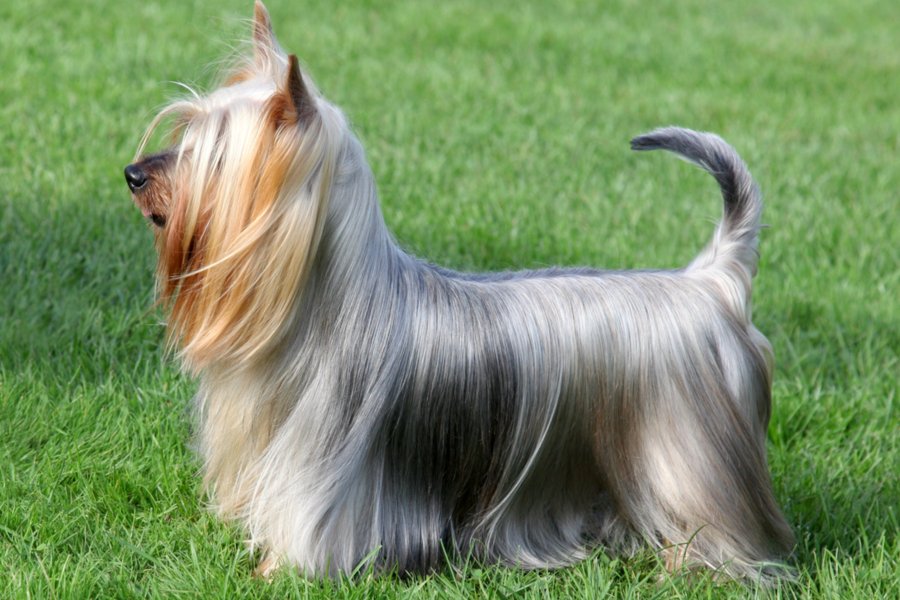
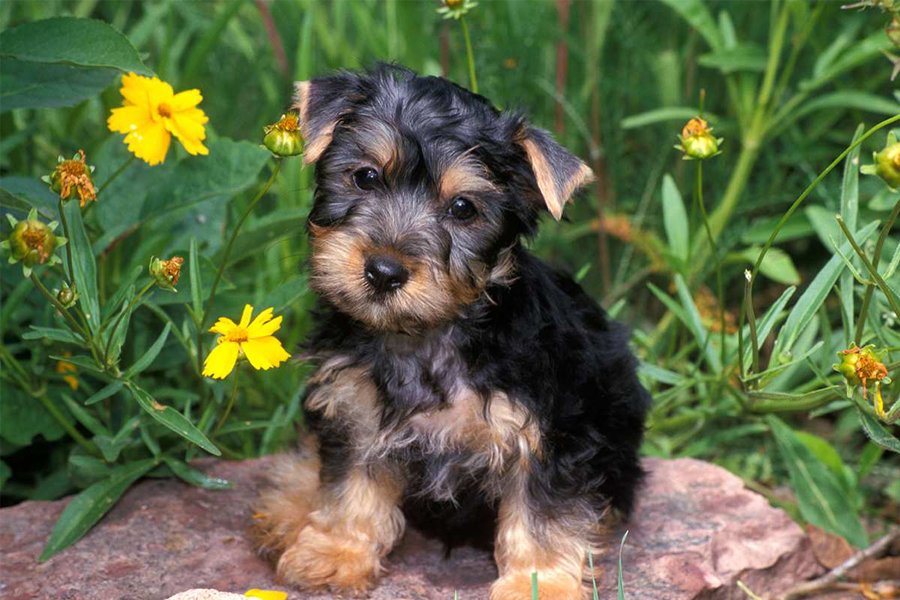
Australian Cattle Dogs are generally long-lived compared to many other breeds. Especially when appropriately cared for and fed a proper good quality, well-balanced diet. However, because of their relatively small gene pool, these dogs are known to suffer from a few genetic conditions. Always purchase any puppy from a reputable, trustworthy, and licensed breeder because they will be able to conduct DNA tests to check for any underlying health issues.
Here are some of the health conditions more commonly seen in Australian Cattle Dogs:
Australian Cattle Dogs are good around kids of all ages, although adult supervision is always recommended. This is particularly important with puppies because it's in their nature to "nip", especially when excited. Remember that consistent training can help to control this issue.
Australian Cattle Dogs are known to be incredibly territorial, so they can display aggression toward unfamiliar dogs. These canines need to be socialised with new pets and animals gradually and carefully. Furthermore, these dogs have strong prey drives, so they are not best suited to homes with smaller animals such as rodents, rabbits, and potentially cats.
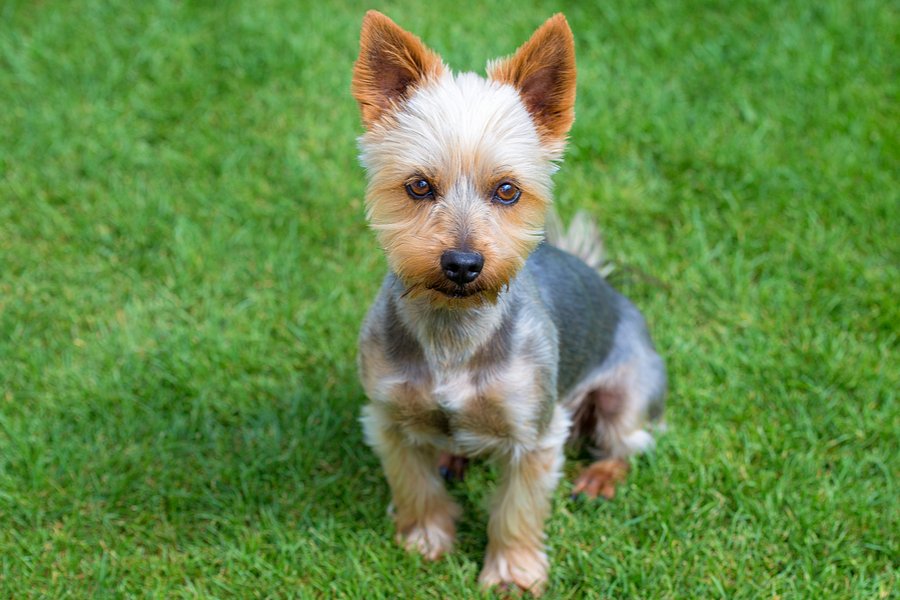

We can connect you with Breeders that are specialized in this particular breed.
See available puppies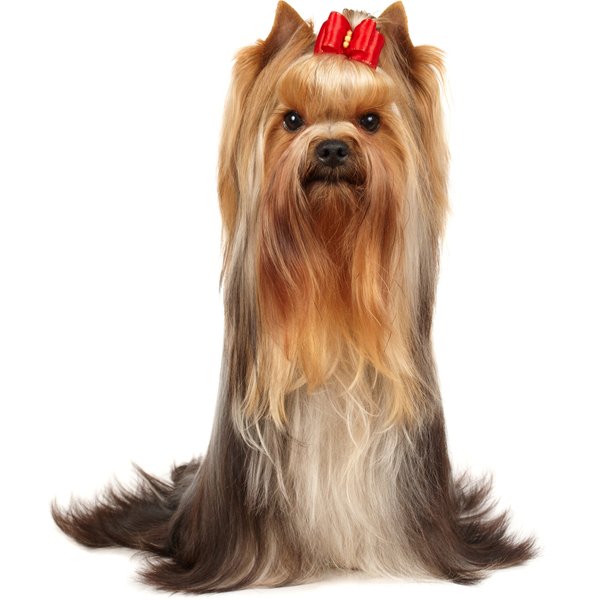
United Kingdom
Size : Small
Coat : Long
Registration : KC, FCI, AKC
Exercise : 30 minutes
Training : Easy
Grooming : Twice a Week


Need some advice?
Whether you're a first time pet owner, an experienced pet owner, a new or long-time breeder, or just curious about pets, we've got you covered!

January 17, 2024
What Is The Personality Of Russian Blue Cats?
Russian Blue cats are most known for their distinctive shimmery blue-silver coat and piercing green eyes. However, this breed’s calm and gentle temperament is what makes them shine the most in the feline world.

January 17, 2024
10 Facts About Russian Blue Cat Breed
Russian Blues are one of the most aesthetically stunning cat breeds, with a gorgeous plush silvery coat and vibrant green eyes. However, it’s not only their appearance that is beautiful; their nature is too.

January 17, 2024
How To Choose The Right Cat Breed for You
Cats can make the most fantastic animal companions; they are adorable, friendly, and loving. However, not all felines are created equal. There are many different breeds, of which each has its unique personality traits.
Need some help?
Contact us to speak to our friendly advisor, who will gladly help you find your dream pet!



We are registered in England and Wales under registration number 12568840,
and our registered office is at 58-60 Kensington Church Street, W8 4DB London, England.
© 2023 The Pedigree Paws